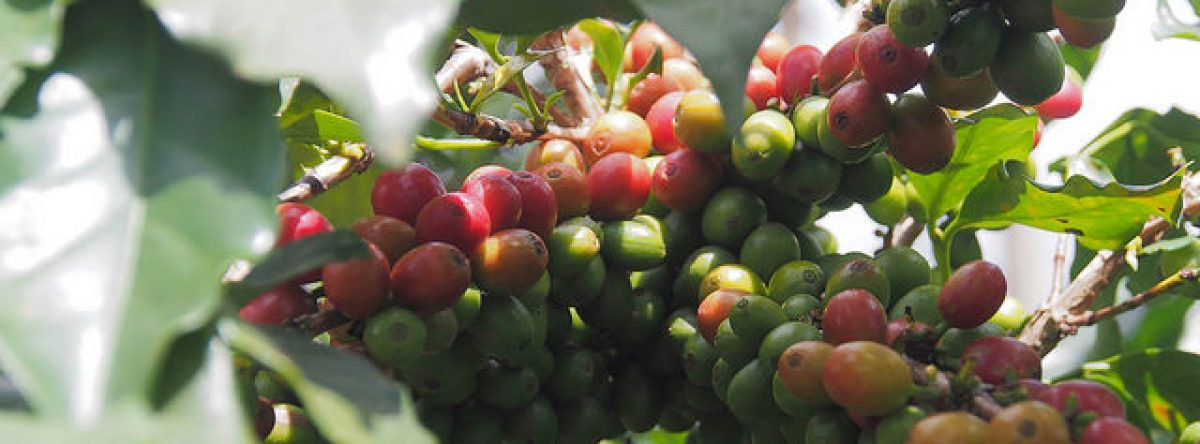Overall, the aim of the project was achieved, the barriers to a more sustainable Robusta coffee industry in the Central Highlands of Vietnam were identified. The literature study and stakeholder interviews provided information on the priority issues and how they were ranked in order of priority by the stakeholders of the area. According to available literature pests and diseases is high priority threats to the sector, which varied from the interviews, which ranked pests and diseases as the threat of the lowest priority. Variances were viewed in the rankings provided between the varying stakeholder groups and the companies which already had ongoing projects which were already overcoming the particular threat. The solutions provided by the questionnaire participants highlighted that solutions could be of benefit to multiple threats, with only four of the solutions provided being specific to one threat. The solutions of ‘intercropping’ and ‘training’ were the solution which would most benefit all five threats. Other solutions mentioned included the use of new varieties, new/improved drying methods, and better water management. There were barriers to most solutions, including financial barriers and lack of incentive for farmers to make the necessary changes to increase the sector’s sustainability. Throughout the study, a number of information gaps were identified, for both coffee farmers and organisations working in the coffee sector. Such gaps included lack of soil analysis of the coffee growing area, and lack of weather and climate information. Gaps were also identified between the perspectives of different stakeholder groups, e.g. differences were often found between the opinions of the private and public sector, predominantly because of the nature of their work, i.e. the private sector focuses more on working alongside the coffee farmers, while public sector institutes, such as WASI, focus more on research. The use of a questionnaire proved to be highly beneficial as the information provided in available literature is often outdated or does not always emphasis the primary problems being experienced within the Central Highlands. Such a study would be useful to organisations wishing to gain a greater understanding of the main issues of the area, particularly integrating the perspectives of both private- and public-sector stakeholders. It is important to identify threats and potential solutions for an area, but it is also important to have a full understanding of the potential barriers to improving the sustainability of the Robusta coffee sector. By understanding existing objections to solutions, the potential success or failure of a solution can be better predicted and alterations to the plan be made to improve its uptake and potential for impact.
